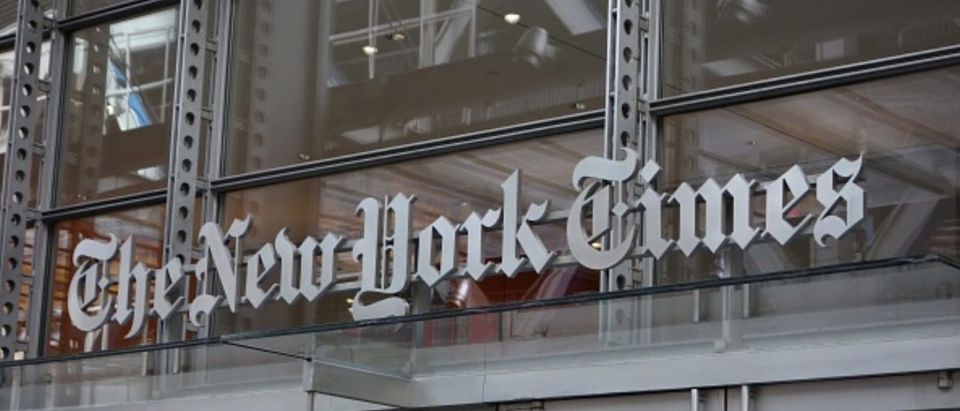On Tuesday, The New York Times breathlessly reported it “obtained” a draft of an upcoming federal climate report. It even provided a link!
Actually, anyone who wanted to could have “obtained” the same document. It’s been available online since January, making this hardly “news that’s fit to print.”
The document, the “Climate Science Special Report” (CSSR) from the U.S. Global Change Research Program, is a “state of the science” summary on climate change. It’s a prelude to the fourth “National Assessment” of climate change impacts on the U.S. These are quadrennially mandated by the U.S. Global Change Research Act of 1990.
The math doesn’t comport with the law, though. There has only been three such documents produced to date, each horrible. Consequently, many critics (including this writer) have speculated as to whether the new Administration might squash the new one or maybe “red team” it. And that is the reason for the NYT’s story, which really does come very close to fake news. It is a pre-emptive strike against the Trump Administration, effectiveness yet to be determined.
There are real reasons to throw sand in the gears of the National Assessment process. The first one, published in the waning days of the Clinton-Gore Administration, specifically chose the most extreme climate models available, and even though after the senior climate scientist in charge was informed the models were performing worse than a table of random numbers when simply simulating ten-year means of U.S. temperatures, the report went forward anyway.
That’s scientific misconduct, and exactly akin to a physician prescribing a treatment he or she knows does not work. Even better, the boffins in charge acknowledged in an email they were aware of this problem. That’s double misconduct.
The second one, which didn’t appear until the G.W. Bush Administration was out of town, missed so much relevant science an entire palimpsest was published as criticism. And the third—not making this up—was touted by the National Oceanic and Atmospheric Administration as “a key deliverable of President Obama’s Climate Action Plan.” There’s no mixing of science and politics in global warming.
And so people suggesting that the new Administration might want to have a look at the draft text of the upcoming (2018) version have a pretty good point, based upon the ugly track records of the previous work.
The NYT’s “leaked” draft is very interesting. The Executive Summary, which is all most people will read, is horrific in spots. But if one takes the time to examine the relevant subsequent text in the body of the report, it’s a mixed bag.
Take one phrase from the Summary: “Some storm types such as hurricanes, tornadoes, and winter storms are…exhibiting changes that have been linked to climate change”. It’s really hard to imagine some “executive” reading the summary not concluding that these types of significant storms are being juiced by global warming, which of course is the intent.
But the text is more circumspect, even as it sometimes suffers from cherry-picking of data in the service of an alarmist picture. For example, it correctly states that “no consensus has been reached” on whether there is a human influence, or the magnitude of that influence, on hurricanes. But then it makes a real hot whopper, citing an “observed increase in hurricane activity since the 1970s”.
This piece of misinformation has already been called out. The 2014 National Assessment shows an increasing trend in Atlantic hurricane activity from 1980 through 2009. But if it had used available data up to the time of writing (2013), it would have been obvious that activity declined after 2009 to pre-1980 values. And, even worse, hurricane activity can be reconstructed all the way back to 1920, and the increase in the mid-20th century was no different in magnitude than the one from 1980 to 2009.
With regard to tornadoes, the CSSR notes computer models suggest they should be increasing, but it neglects to mention the trend in strong tornadoes—the kind you don’t need a radar or the Weather Channel to see—is actually downward. And in a wonderful triumph of technology and adaptation over the most powerful vortices on earth, the associated death rate has dropped by around 90 per cent since the early 20th century, despite major population increases in the central U.S. tornado alley.
The bottom line is that the leaked CSSR really needs some cleaning up to be a comprehensive representation of climate change, and it may be prudent to do so before it is released. Otherwise it will be subject to the withering criticism that has affected the credibility of its predecessors.
Patrick J. Michaels of the Cato Institute is the author of “Lukewarming: The New Climate Science that Changes Everything.”


